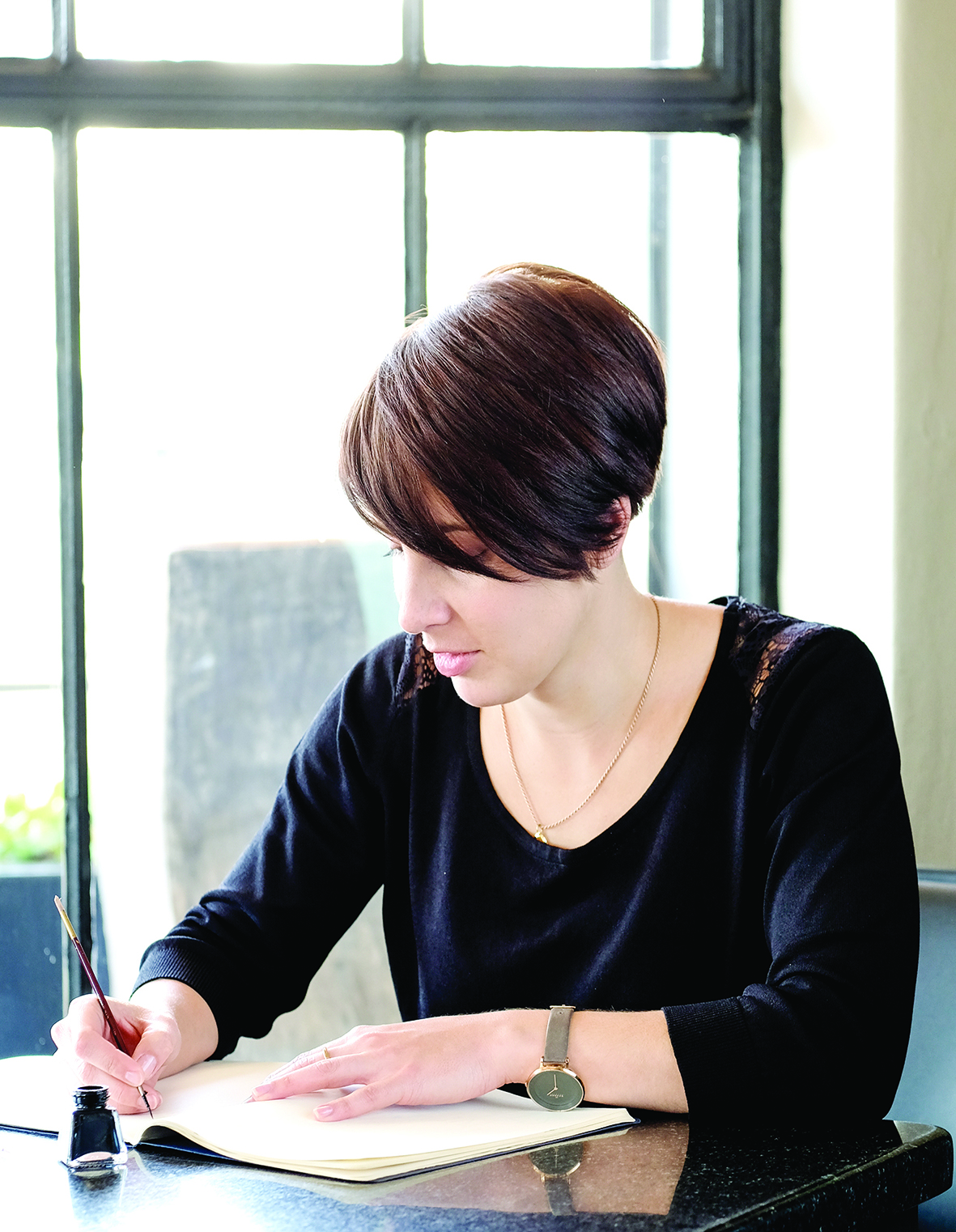In South Africa we largely overlook the potential of wordless picturebooks to help promote a culture of reading and to improve literacy, especially among parents and their pre-school children in poor communities.
"This is despite international studies which have shown that wordless picturebooks are an ideal tool to nurture a fondness for reading in adults and children and to promote literacy development at an early age," says Dr Adrie le Roux an illustrator from Pretoria.
Le Roux recently obtained her doctorate in Visual Arts at Stellenbosch University focusing on the production of culturally relevant, economically viable wordless picturebooks to encourage a love of reading in the home, regardless of literacy levels of the parent.
She says her research highlighted the potential of wordless picturebooks to improve the reading relationship between parents and children in poor communities and to help children read and understand what they read.
As part of her study, Le Roux ran a four to six weeks reading and book creation project for 42 parents/primary caregivers and their children (3-6 years) at three crèches in Mamelodi, Shoshanguve and the Melutsi Township in Gauteng. Many people in these areas don't have money to buy books and many children are not exposed to books before they go to school. 
Prior to the project, Le Roux held a workshop at the first two crèches where she and two facilitators from Nali'Bali, a national reading-for-enjoyment campaign, collected the stories participants told about their everyday lives. At these crèches, she used existing wordless picturebooks for reading.
She says participants were asked to document their stories through drawing and writing.
"While the children were busy creating illustrations, their parents or primary caregivers would ask them questions and document these stories. The parents would then elaborate on what their child was saying and sometimes also added to the drawings to help describe the story."
Le Roux, the parents and their children, as wells as five illustrators co-authored 18 prototype wordless picturebooks at the two workshops and parents could take copies home to read with their children. She mentions that these books were pilot tested at the third crèche to see how they would work in a different setting. Here Le Roux used these books for reading and not existing wordless picturebooks as was the case at the first two crèches.
By allowing them to take the books home, Le Roux says she was able to determine the perceptions of the parents or primary caregivers and children regarding the value of using these books.
Le Roux says that because of the visual nature of wordless picture books there was a transformation in the reading relationship between parents and children and in the way parents viewed reading with their child.
"Parents who participated in the study consistently reported that they read more with their children than was the case prior to the project because it was easier for them to use wordless picturebooks at home."
"In some instances reading increased from three times a week to as much as three times a day over a five-week period. In some cases, reading became a family activity, with the older children in the family joining participants for storytelling."
"Many parents reported that after they had read the book to their child once or twice that their child would start reading to them. Both parent and child became active participants in the reading process."
Le Roux adds that parents highlighted the education value of the books and felt their children were developing skills – including vocabulary and visual literacy skills – or simply increasing their knowledge.
"They also noticed that their children concentrated better when using the wordless picturebooks as opposed to reading the Bible, magazines, schoolbooks or, in some cases, other picturebooks that contained text."
"With wordless picturebooks the children understood the book and story better and thus actively engaged in the 'reading', making the activity more meaningful."
Parents/primary caregivers also mentioned that they felt the books increased their own knowledge and confidence in reading, says Le Roux.
She says her research corroborates other studies which have shown that the absence of printed text means a story can be created by 'reading' the illustrations, using a language of the reader's choice. Also, the text does not become a barrier to reading for individuals who have not yet mastered reading texts.
Le Roux adds that wordless picturebooks can be enjoyed by readers from all backgrounds regardless of their literacy levels.
- Photo 1: Pixabay
- Photo 2: Dr Adrie le Roux
FOR MEDIA ENQUIRIES ONLY
Dr Adrie le Roux
Self-employed
Cell: 082 496 6122
E-mail: adrie.leroux@gmail.com
Website: www.adrieleroux.com

